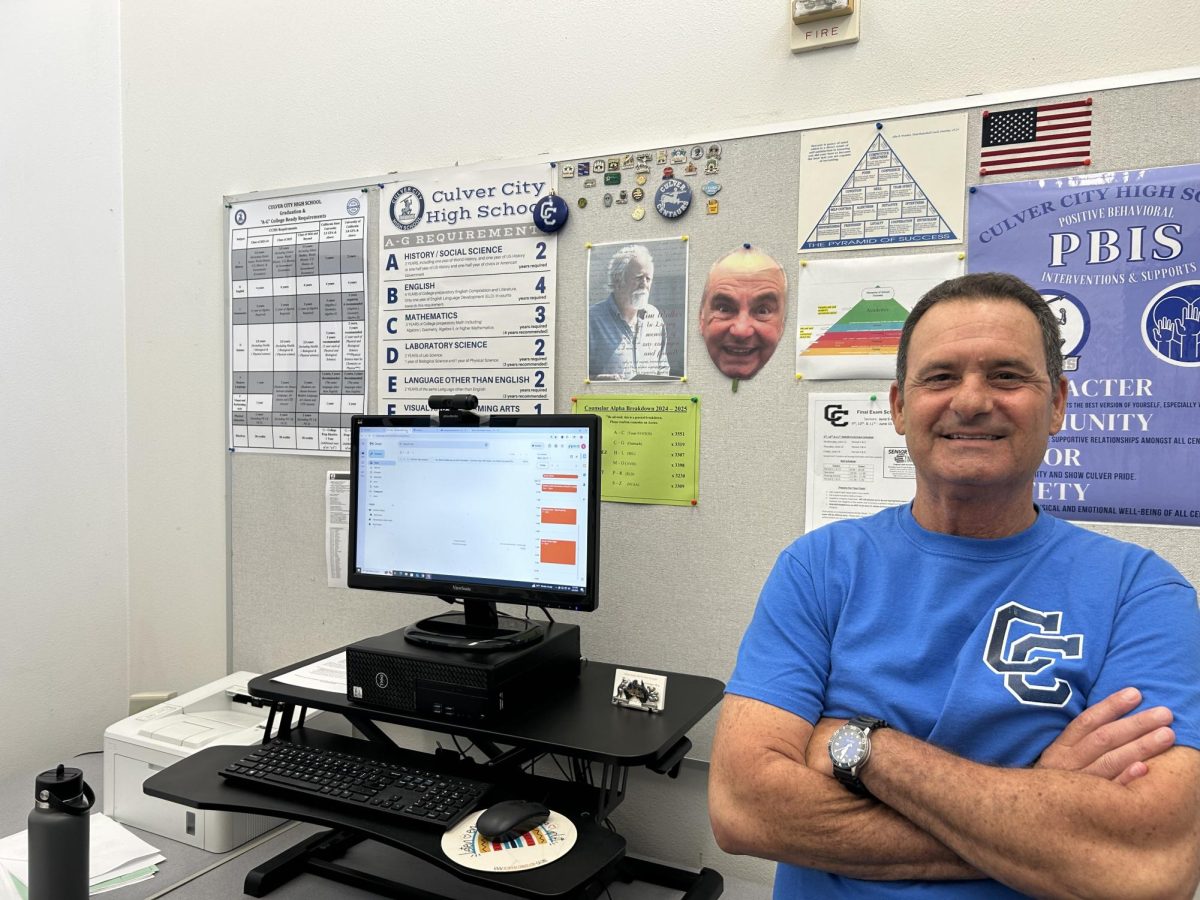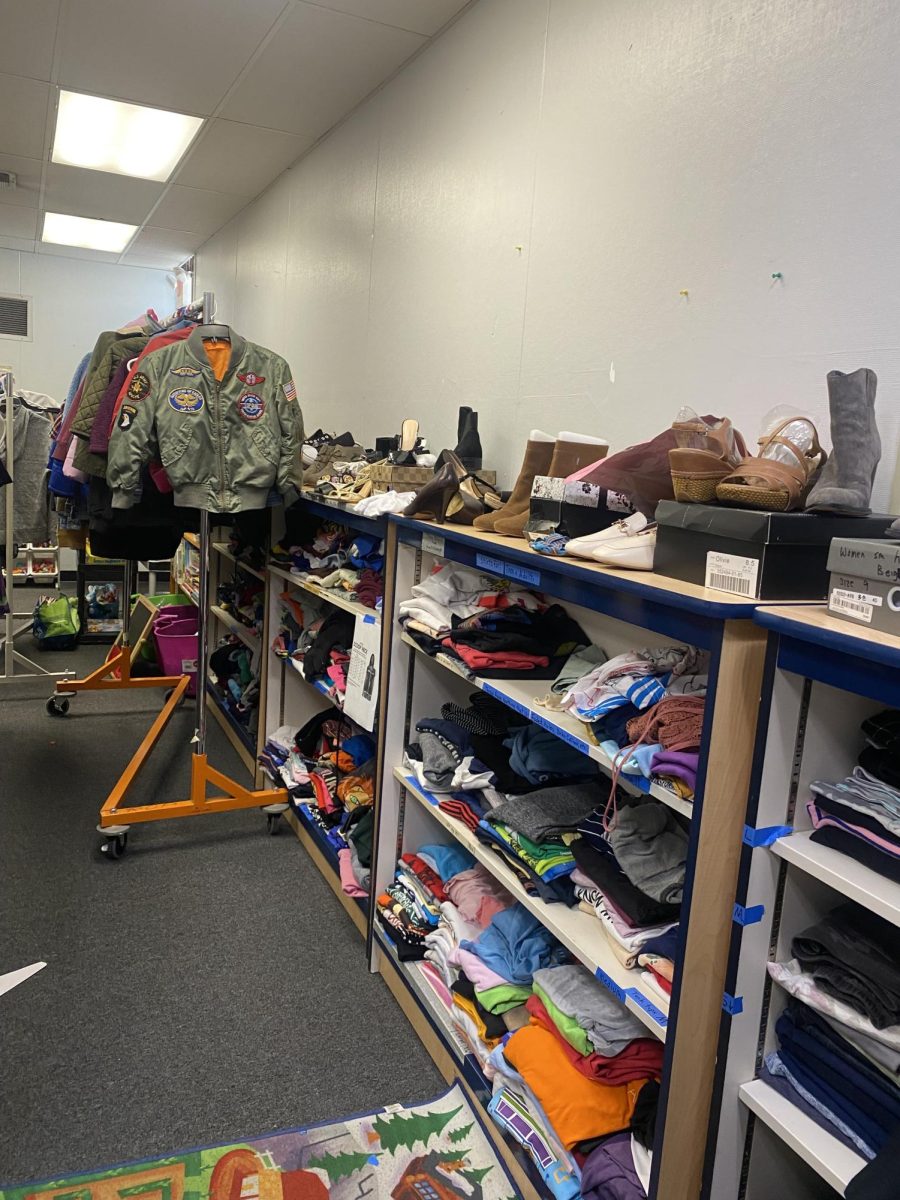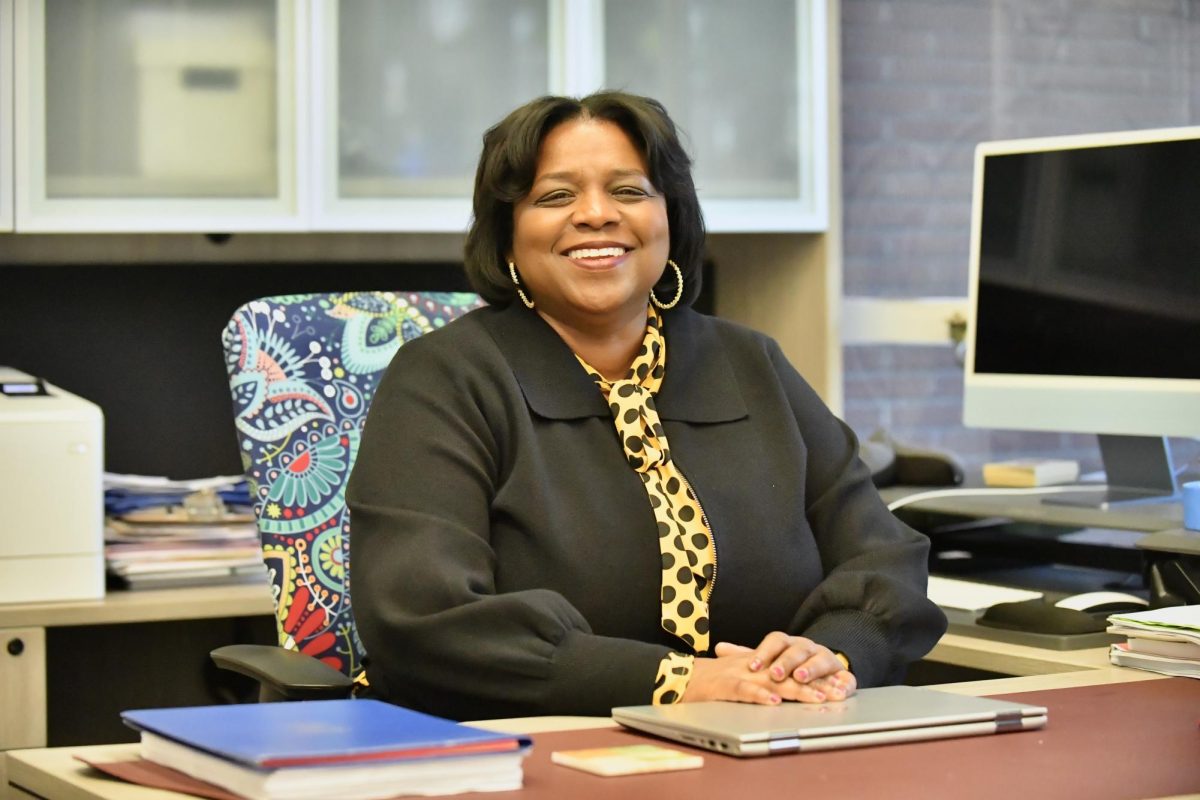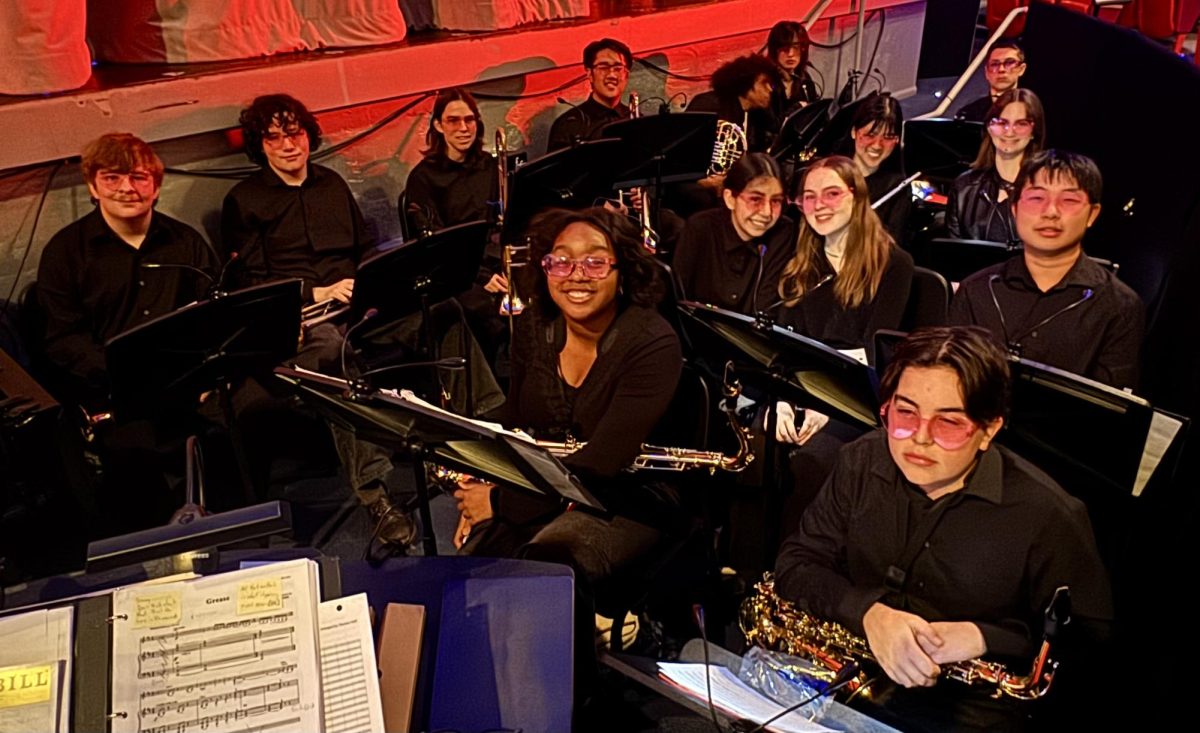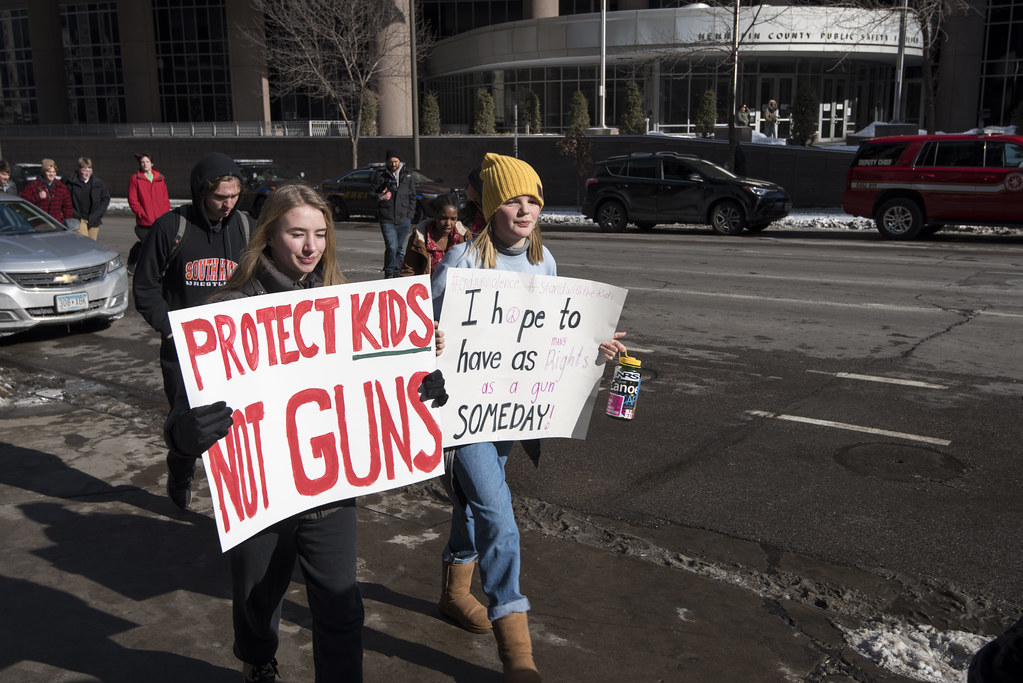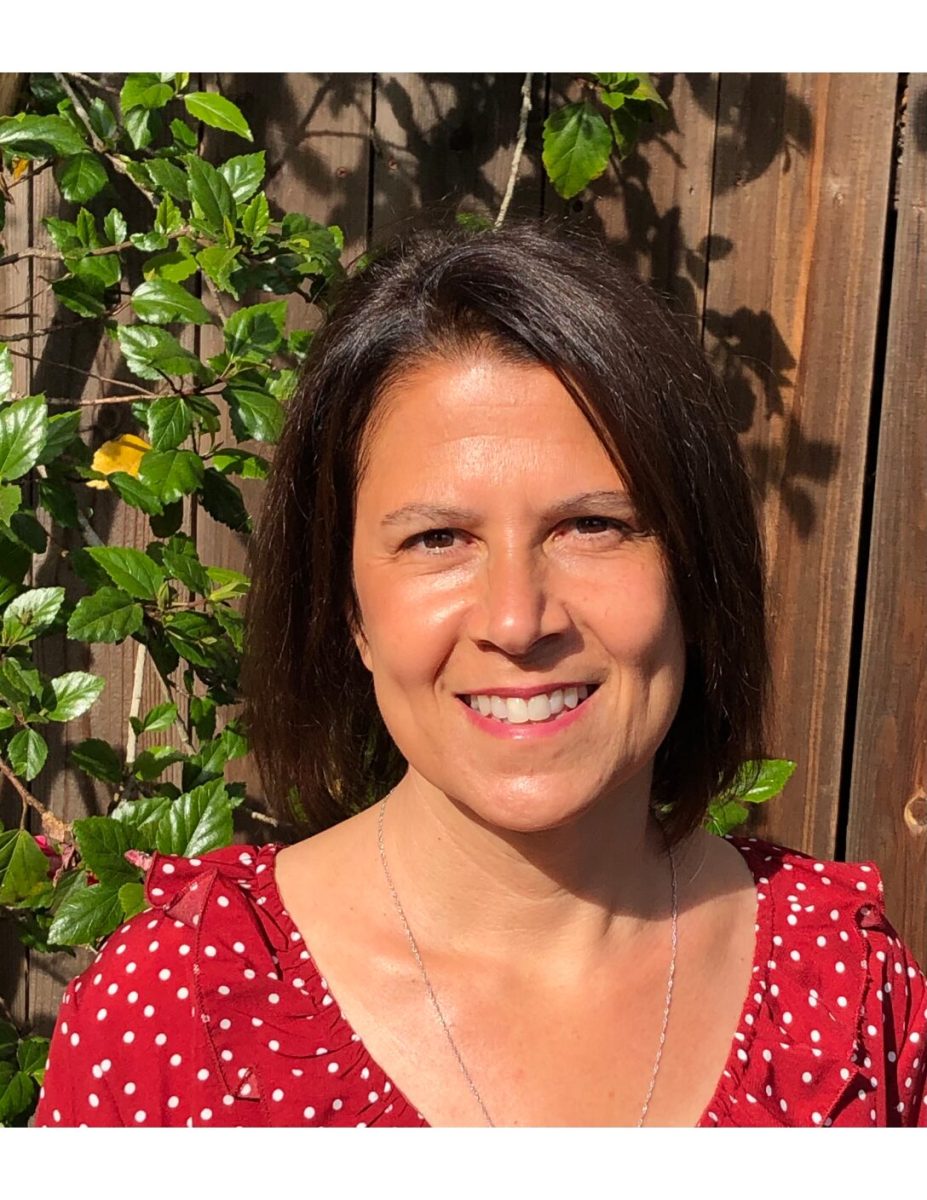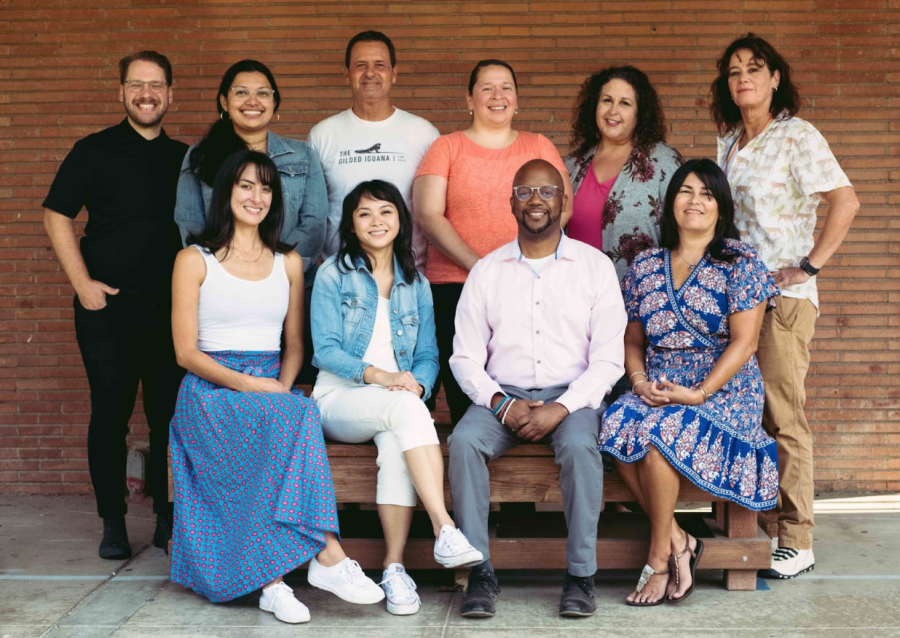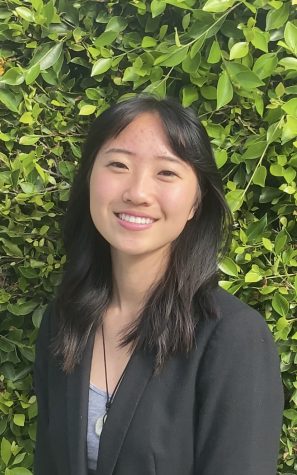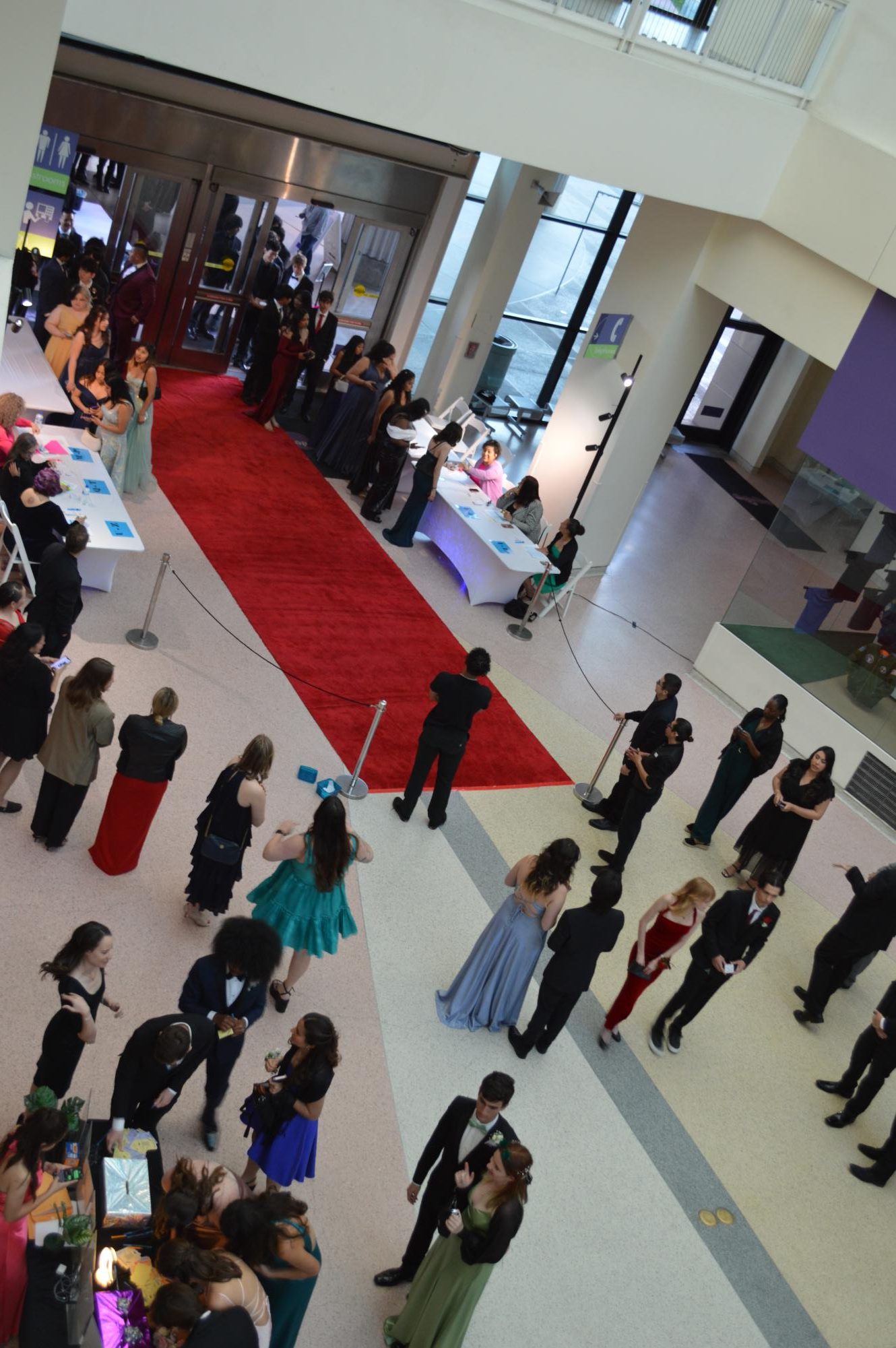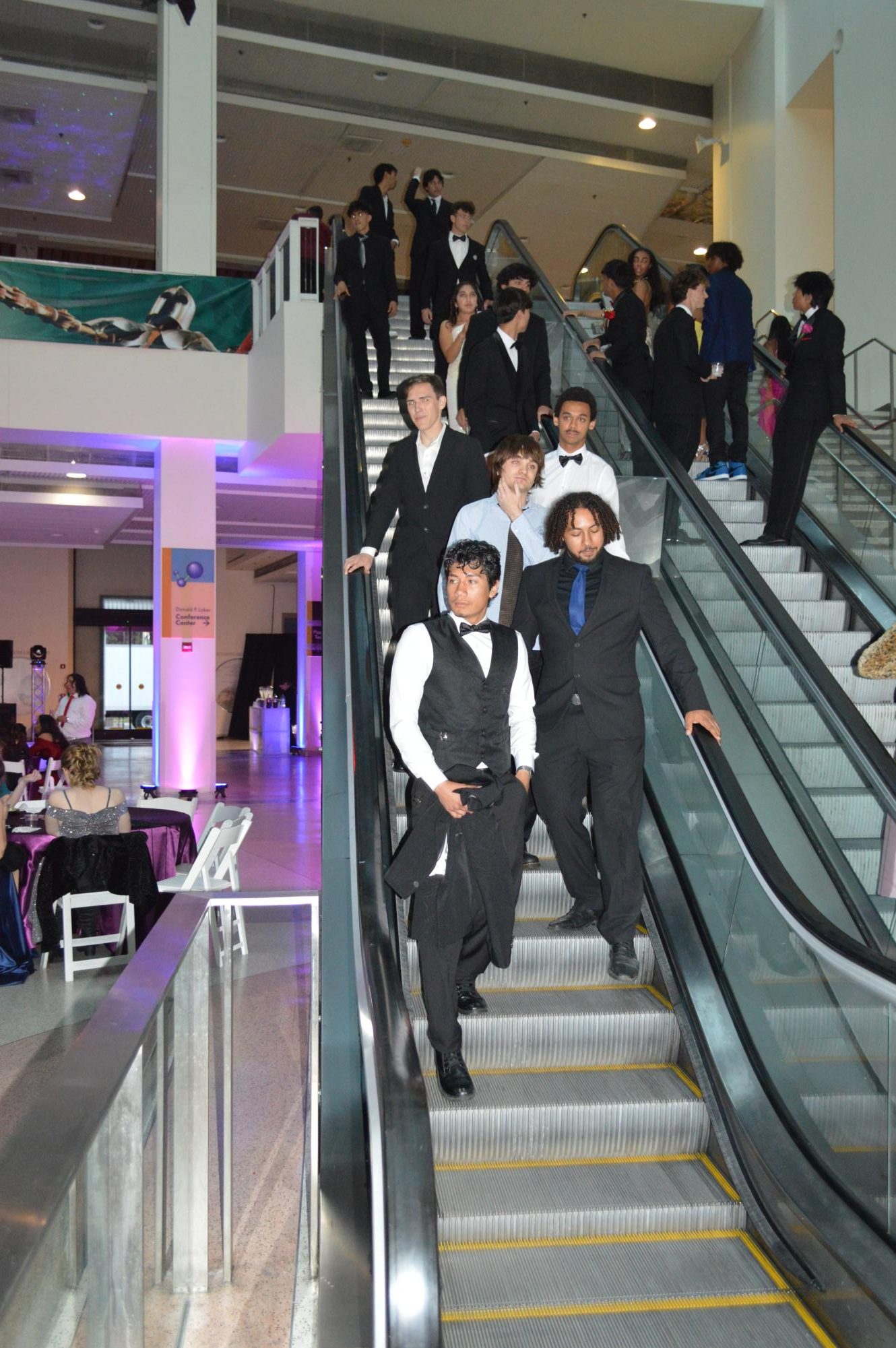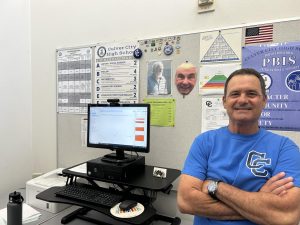Proritizing Counseling
September 5, 2022
Even though discussion around mental health has undoubtedly increased, there is a stark difference between simple words and actual action. By pushing forward in crucial areas to support its students’ mental health, Culver City High School (CCHS) is a prime example of giving more than just empty promises.
Although it may be convenient to lean back and only spotlight and fund more traditional sources of academic focus, CCHS overrules the acceptance of such an outdated status quo: Students’ mental health is undeniably a pivotal factor in the complex battle of creating the next tenacious, ingenious — and most importantly — fulfilled generation.
Of the five key pillars of CCHS’ long-term goals — one of them being to have all students graduate and be college/career ready — mental health preservation not only has a seat at the table, but it takes the highest priority. According to Dr. Cooper, the school’s principal, the goal is that “All students’ social-emotional wellbeing will be supported,” and, with the efforts from school counselors, college and career counselors, and school-based mental health counselors, it’s clear that the scaffolding to support these words is well established.
“We talk to students all the time about their classes and their grades, but if I have a student in my office saying, ‘I’m sitting here and the teacher’s talking, and I can’t hear a word they’re saying because my mind is racing,’ or ‘I’m anxious,’ or ‘I’m feeling all these things, and I don’t know why I’m feeling them.’ How can you [effectively] teach that student?” said James Smith, one of the school’s guidance counselors. “We are an educational institution, and part of that education has to be learning about ourselves.”
Learning is exactly what the school did. In response to the universal feeling of social drought that resulted from the pandemic, the school adapted by implementing “Wellness Wednesdays” into the weekly bell schedule. The program was tailored to provide a midweek break to relax and build community in classes. Teachers utilize this time in various ways, such as meditation, gardening, sustained silent reading, and playing educational games.
In addition to the long-established, on-campus Sandy Segal Youth Health Center, which provides a free therapy program via professionals from the Venice Family Clinic, the school also has a partnership with Care Solace, which not only helps coordinate mental health care for school systems but provides an avenue to off-campus therapy. This provides a solution for students who feel comfortable seeking professionals on-campus and those who would prefer a different approach with professionals off-campus.
“In the past five years of working here, the school has had a continuous, strong emphasis on mental health; however, that has picked up since 2020 because we saw the need,” said Smith. “It’s one thing to want mental health services, but it’s another thing to receive the funding. The impact of the pandemic has made it so ‘No’ is not an option. Now, it’s about ‘How’ we can bolster these programs.”
It’s evident that the discussion of mental health is evolving away from being taboo, and that it is one of the most pressing issues not only facing students but everyone.
As Smith said, “If we don’t have stability from a mental health perspective, we don’t have much else. We’re all beginning to understand that.”
